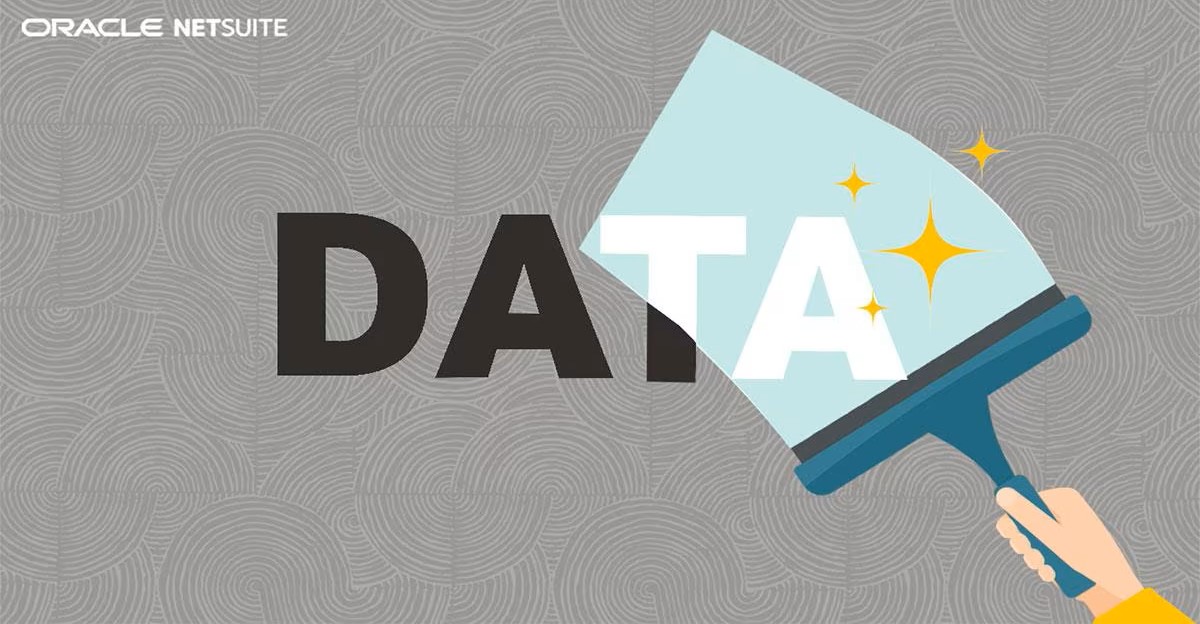Data migration is a critical process that ensures a smooth transition to new systems. For companies adopting NetSuite, a comprehensive cloud-based ERP solution, data migration is a cornerstone for success. In this guide, we will walk you through the complete process of data migration to NetSuite, covering best practices, challenges, considerations, importance, planning, and valuable tips to ensure a successful migration journey.

Understanding Data Migration to NetSuite
Data migration within an ERP context refers to the process of transferring data from its original sources to NetSuite’s unified platform. This task often entails consolidating data from diverse systems, formats, and storage structures into a singular, standardized framework. It encompasses a wide range of data, including customer records, financial data, inventory details, and more. A well-executed data migration ensures that the data retains its accuracy, integrity, and relevance in the new system.
Preceding ERP adoption, various departments might have been reliant on systems tailored exclusively for their respective functions, such as standalone accounting or human resources platforms. Simultaneously, other departments might have relied on versatile tools like spreadsheets. To facilitate seamless data migration, businesses must adopt a systematic approach. This typically involves inspecting the data, extracting it from different applications, cleansing and refining it, and finally transforming it to align with the desired format before integrating it into the ERP database. This meticulous sequence ensures data consistency and reliability throughout the migration process.
Best Practices for Data Migration
Assessment and Planning: Begin by understanding the scope and complexity of your data. Develop a clear migration plan that outlines the data to be migrated, the sequence of migration, and a timeline.
- Data Cleansing: Cleanse your data before migration. Remove duplicate, outdated, or irrelevant records. This ensures that you’re migrating quality data to NetSuite.
- Data Mapping: Map your existing data fields to the corresponding fields in NetSuite. This mapping ensures that data is placed accurately and consistently in the new system.
- Data Validation: Validate your data for accuracy and completeness before migration. Correct any errors or inconsistencies to prevent issues later.
- Testing and Validation: Perform test migrations with a subset of data. This allows you to identify potential challenges and refine your migration process before moving all your data.
- Data Transformation: Some data might need to be transformed or converted to align with NetSuite’s format. Address these transformations during migration.
- Backup and Rollback Plan: Maintain backups of your data before migration. Having a rollback plan ensures you can revert to the previous state if unexpected issues arise.
- User Training: Train your users on the new system’s data structure and entry guidelines to ensure consistency in data input.
Challenges and Considerations
- Data Complexity: Handling diverse data types, structures, and formats can pose challenges during migration.
- Data Volume: Large datasets can impact migration speed and efficiency, requiring careful planning and execution.
- Data Integrity: Ensuring that data maintains its integrity and accuracy throughout migration is crucial.
- Legacy System Compatibility: Integrating data from legacy systems with NetSuite requires meticulous attention to data mapping and transformation.
Tips for a Smooth Migration
- Start Early: Begin planning and preparing for data migration well in advance of your implementation date.
- Communicate: Keep all stakeholders informed about the migration process, timelines, and potential impact.
- Prioritize Testing: Rigorous testing minimizes the risk of data loss or inaccuracies during migration.
- Stay Flexible: Be prepared to address unexpected challenges and adapt your plan accordingly.
Conclusion
Data migration to NetSuite is a critical phase that demands careful planning, execution, and attention to detail. A successful migration not only maintains data accuracy but also sets the foundation for improved decision-making, operational efficiency, and business growth.
At Mirketa Inc. we are excited to become your reliable partner, committed to offering excellent data migration services to NetSuite customers. With a deep understanding of the challenges and plenty of experience, we have the skills needed to make your transition smooth. We have tools like ready-made templates and clear guidelines to ensure your data move happens efficiently and accurately. We prioritize keeping your data safe and making sure it integrates successfully. Your business’s transformation journey is our priority and we’re here to support it.
Leave A Comment